
Understanding whether you can drive an automatic car with a manual licence is crucial for legal compliance and driving flexibility. A manual licence offers broader vehicle operation rights, allowing drivers to operate both manual and automatic transmissions without restrictions. This flexibility is a significant advantage, especially for those who may need to drive different types of vehicles. However, the reverse is not true, as an automatic licence typically restricts drivers to automatic vehicles only. This guide explores the legal, practical, and financial implications of licence types, helping you make informed decisions about your driving licence and vehicle choices.
Background and Importance of Understanding Licence Restrictions
Understanding licence restrictions is crucial for drivers to ensure legal compliance and avoid penalties. Licence types, such as manual or automatic, dictate the vehicles you can legally operate. Misunderstanding these rules can lead to fines, licence suspension, or even accidents. Knowing whether your licence permits driving automatic cars is essential for staying within legal boundaries and maintaining road safety. This knowledge also empowers drivers to make informed decisions when renting or borrowing vehicles. Always verify local regulations to ensure compliance and avoid legal consequences.
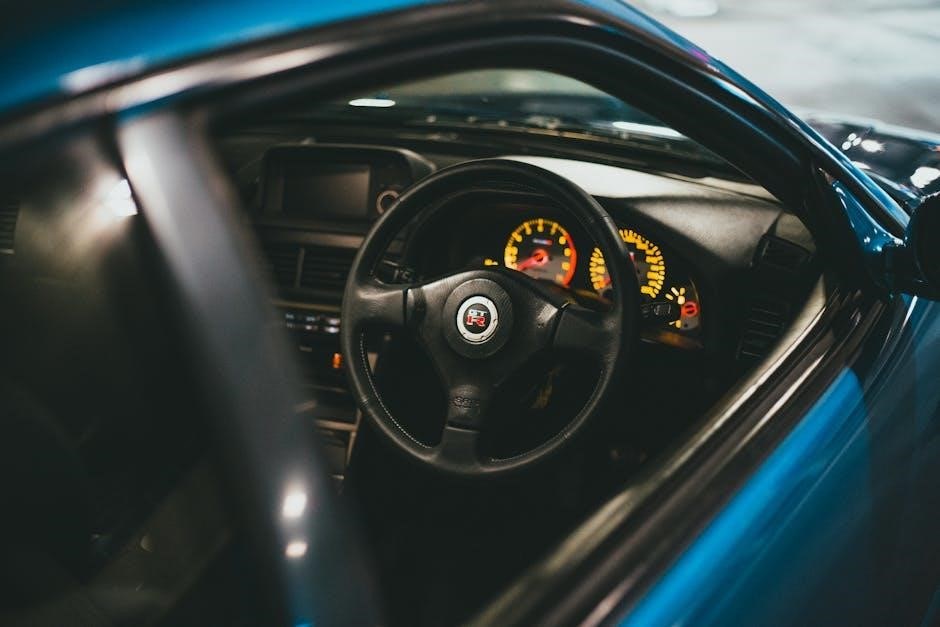
What is a Manual Licence?
A manual licence, also known as a standard licence, allows drivers to operate vehicles with manual transmissions. It typically requires training in using gearshifts and clutch pedals.
Definition and Scope of a Manual Driving Licence
A manual driving licence certifies the holder to operate vehicles with manual transmissions. It requires proficiency in using a clutch pedal and gearshift. The scope includes driving manual and automatic vehicles, as manual licences are often considered more versatile. Obtaining this licence typically involves a driving test in a manual car. It offers greater control over the vehicle and is preferred for driving in hilly or heavy-traffic areas. The licence is widely recognised and provides flexibility in choosing vehicles.
Benefits of Holding a Manual Licence
Holding a manual licence offers numerous benefits, including the ability to drive both manual and automatic vehicles, providing greater flexibility. Manual cars are typically more cost-effective to purchase and maintain. They often achieve better fuel efficiency, reducing long-term expenses. Additionally, driving a manual car is often considered more engaging and enjoyable for many drivers. These advantages make a manual licence a valuable asset for those seeking flexibility and control behind the wheel.
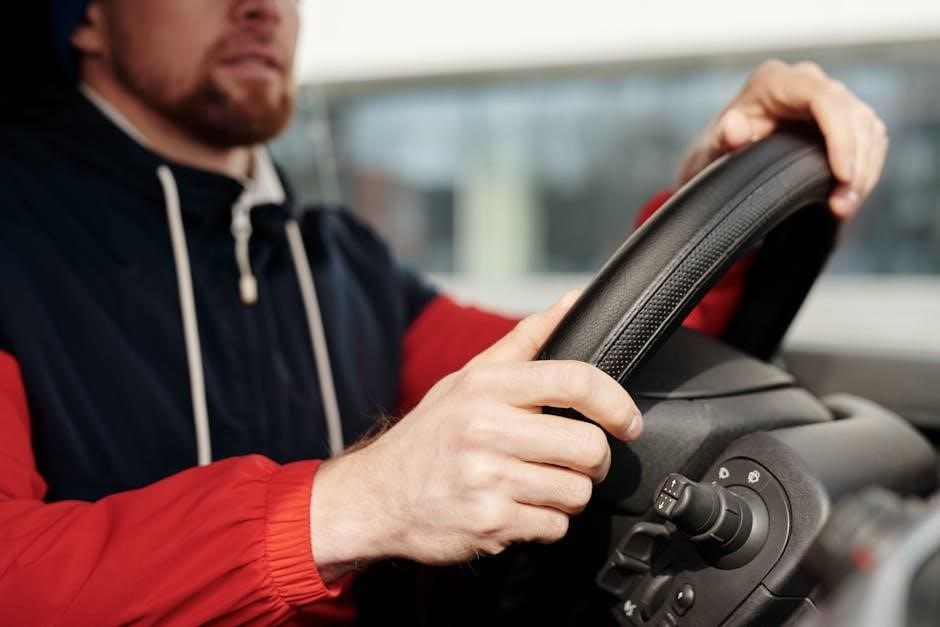
Can You Drive an Automatic Car with a Manual Licence?
Yes, drivers with a manual licence can legally operate automatic vehicles, as a manual licence typically covers both types. No additional restrictions apply.
Legal Permissions and Restrictions
In most countries, holding a manual licence allows you to legally drive both manual and automatic vehicles. A manual licence typically includes automatic vehicles, requiring no additional endorsement. However, always verify local regulations, as some jurisdictions may have specific restrictions. Driving an automatic car with a manual licence is generally permitted, but it’s essential to ensure compliance with local laws to avoid penalties;
Practical Considerations for Driving Automatic Vehicles
Driving an automatic car with a manual licence is straightforward, as no clutch or manual gear shifting is required. This makes it ideal for heavy traffic or hilly terrain, reducing driver fatigue. However, some drivers may feel less control or engagement compared to manual driving. Automatic vehicles are generally easier to handle, especially for new drivers, but the lack of manual transmission can take time to adjust to for those accustomed to manual cars. Convenience and ease are key advantages.
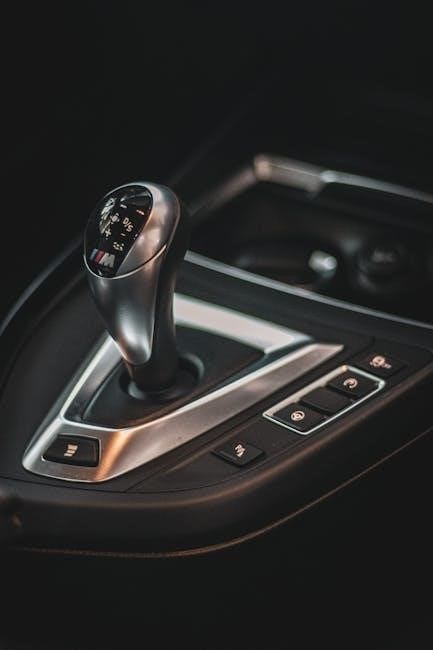
Differences Between Automatic and Manual Licences
Manual licences permit driving both manual and automatic vehicles, offering greater flexibility. Automatic licences restrict drivers to automatic cars only. Driving tests for manual licences require demonstration of gear-shifting skills, whereas automatic licences do not. Additionally, manual licences are often considered more versatile, especially in regions where manual transmissions are common. However, automatic licences may be easier to obtain for those who prefer or need simpler driving requirements. The key distinction lies in vehicle operation capabilities and testing criteria.
Key Distinctions in Licence Types
A manual licence allows drivers to operate both manual and automatic vehicles, while an automatic licence restricts them to automatic cars only. The primary difference lies in the level of skill required, as manual licences demand proficiency in gear shifting. Automatic licences are often easier to obtain, making them a popular choice for those who prefer simplicity. However, manual licences offer greater flexibility, especially in regions where manual transmissions are prevalent. Understanding these distinctions is crucial for choosing the right licence type.
Driving Test Requirements for Each Licence
Obtaining a manual licence requires passing a driving test in a manual transmission vehicle, demonstrating proficiency in gear shifting and clutch control. In contrast, an automatic licence test is conducted in an automatic vehicle, focusing on basic driving skills without manual gear operation. The process varies by country, but manual tests are generally more challenging. Some regions allow drivers with an automatic licence to upgrade to a manual licence by passing an additional test, enhancing their driving privileges.
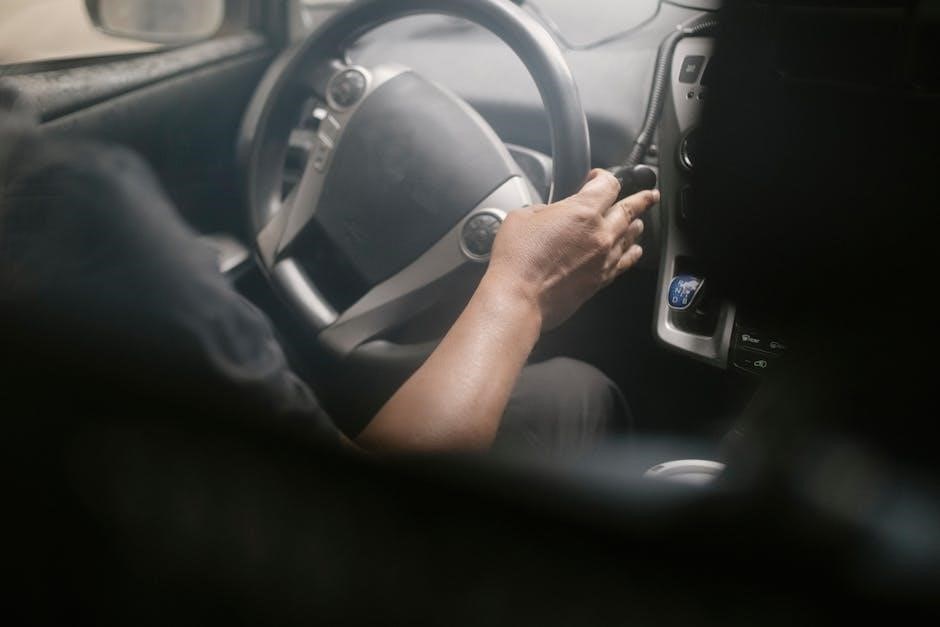
Pros and Cons of Choosing a Manual Licence
A manual licence offers better control and fuel efficiency but requires more skill and effort. It’s ideal for driving in hilly areas but can be tiring in traffic.
Advantages of a Manual Licence
A manual licence provides greater control over the vehicle, improving fuel efficiency and driving precision. It allows drivers to operate both manual and automatic cars, offering versatility. Manual licences are often preferred for driving in hilly or mountainous regions, where better gear control is essential. Additionally, mastering a manual licence can enhance driving skills and connection with the vehicle, making it a popular choice for enthusiasts seeking a more engaging driving experience.
Drawbacks of a Manual Licence
While a manual licence offers flexibility, it requires more skill and effort, especially in heavy traffic or hilly areas. Drivers must constantly use the clutch and gearshift, which can be tiring on long journeys. Additionally, manual licences may not be ideal for drivers with physical disabilities affecting leg or hand coordination. In regions where automatic vehicles dominate, having a manual licence might limit rental or borrowed vehicle options, making it less convenient for some drivers in certain situations.

Legal Implications of Driving Without the Correct Licence
Driving without the correct licence can result in fines, penalties, and even licence suspension. Legal consequences vary by jurisdiction but often include financial penalties and legal action.
Penalties for Driving a Manual Car with an Automatic Licence
Driving a manual car with an automatic licence is illegal in most countries. Penalties include hefty fines, licence suspension, or even prosecution. In some jurisdictions, drivers may receive penalty points on their licence. Repeat offences can lead to harsher consequences, such as losing driving privileges. Authorities take licence misuse seriously, as it poses safety risks. Always ensure your licence matches the vehicle type you operate to avoid legal repercussions and maintain road safety standards.
Consequences of Licence Misuse
Misusing your licence by driving a manual car with an automatic licence can lead to severe legal and financial repercussions. You may face criminal charges, fines, or even confiscation of your vehicle. Insurance policies may also be voided, leaving you liable for damages. Repeat offences can result in permanent loss of driving privileges. Such violations undermine road safety and trust in the licensing system, emphasizing the importance of adhering to licence restrictions to avoid long-term consequences.
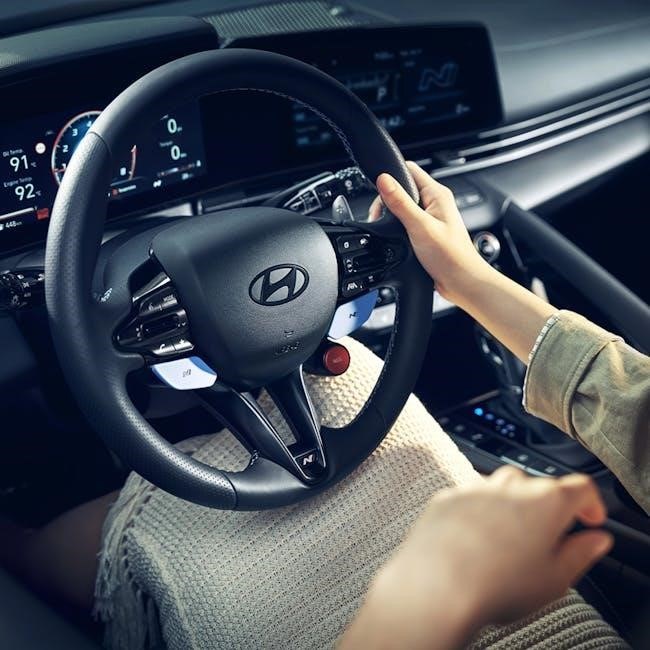
How to Convert an Automatic Licence to a Manual Licence
To convert an automatic licence to a manual licence, you typically need to take a driving test in a manual vehicle and demonstrate proficiency in using a manual transmission. Contact your local DMV, schedule the test, and ensure you have practiced sufficiently. Passing the test will allow you to upgrade your licence, granting you the ability to legally drive both manual and automatic vehicles without restrictions.
Steps to Upgrade Your Licence
To upgrade from an automatic to a manual licence, follow these steps: Apply for a manual licence through your local licensing authority. Pass a theory test if required. Complete practical training or practice driving a manual vehicle. Pass a practical driving test in a manual car. Once successful, your licence will be updated, allowing you to legally drive manual and automatic vehicles. This process ensures you gain the necessary skills and legal clearance to operate both types of transmissions confidently and safely.
Additional Requirements for Commercial Licences
Upgrading to a commercial licence involves additional steps beyond personal use. You must meet specific medical and training requirements. A commercial licence typically requires passing advanced driving tests and obtaining certifications for the type of vehicle you’ll operate. Some jurisdictions mandate periodic medical exams and background checks. Legal requirements may also include specialized endorsements for hazardous materials or passenger transport. Ensure compliance with all regulations to maintain your commercial driving privileges and avoid penalties.
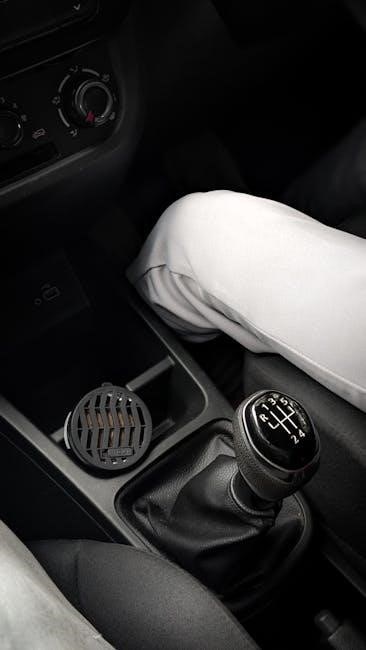
Automatic Licence Restrictions in Different Countries
Automatic licence rules vary by country, affecting whether manual licence holders can drive automatic vehicles without additional endorsements or licences, depending on local laws.
Geographical Variations in Licence Rules
Automatic licence rules vary significantly across countries. In the UK, a manual licence typically covers automatic cars, while in the US, some states allow manual licence holders to drive automatic vehicles without restrictions. In contrast, certain European countries and Australia may enforce specific conditions or require additional endorsements. These variations highlight the importance of understanding local traffic laws to ensure compliance and avoid legal penalties when driving abroad.
International Driving Permits and Automatic Licences
An International Driving Permit (IDP) is essential for driving abroad, especially when licence rules vary. If you hold a manual licence, an IDP can help clarify your eligibility to drive automatic cars in foreign countries. However, it’s crucial to check the specific rules of your destination, as some countries may require additional validations. Always ensure your IDP accompanies your manual licence to avoid legal issues while driving automatic vehicles internationally.

Insurance Implications of Licence Type
Your licence type can affect insurance costs. Manual licence holders may benefit from lower premiums due to perceived higher driving skill, while automatic licences might incur higher rates.
Cost Differences Between Manual and Automatic Licence Holders
Insurance costs often vary based on licence type. Manual licence holders typically pay lower premiums, as insurers view manual driving as requiring more skill. Automatic licence holders may face higher rates, especially for certain vehicle types. Additionally, drivers with automatic licences might see increased costs if their policy specifies transmission type restrictions. These differences highlight the financial implications of choosing one licence over the other, making it essential to compare insurance policies before deciding.
Impact of Licence Type on Car Insurance Premiums
The type of driving licence can influence car insurance premiums. Insurers often view manual licence holders as lower-risk drivers due to the skill required, potentially leading to lower premiums. Conversely, automatic licence holders might face higher rates, especially if they operate manual vehicles without proper endorsement. This disparity reflects insurers’ perceptions of driving ability and accident risk. Understanding these factors is crucial for optimizing insurance costs based on licence type and driving habits.

Practical Considerations for Drivers
Holding a manual licence allows occasional use of automatic vehicles, but frequent switching may require practice to maintain smooth transitions and overall driving proficiency effectively.
Cost of Learning to Drive in a Manual vs. Automatic Vehicle
Learning to drive a manual vehicle often involves higher costs due to the complexity of the transmission and the need for additional instruction. Manual lessons typically require more time to master clutch control and gear shifting, increasing overall tuition fees. In contrast, automatic vehicles are simpler to learn, reducing the number of lessons needed and lowering costs. However, the long-term benefits of a manual licence, such as greater vehicle flexibility, may offset the initial investment for many drivers.
Accessibility for Drivers with Physical Disabilities
Automatic vehicles are generally more accessible for drivers with physical disabilities, as they eliminate the need for manual gear shifting and clutch operation. This reduces physical strain and makes driving easier for those with mobility or strength limitations. Drivers with a manual licence can legally operate automatic cars, which often feature adaptive equipment for disabled drivers. This flexibility ensures greater independence and ease of driving for individuals with physical challenges, making automatic vehicles a practical choice.
Learning to Drive in a Manual vs. Automatic Car
Learning in a manual car requires mastering the clutch and gears, while automatic cars simplify driving by eliminating manual shifting, making them easier for beginners.
Which Option is Better for New Drivers?
For new drivers, automatic cars are often easier to handle, as they eliminate the need to master manual gear shifting, reducing stress and distractions. This simplicity allows learners to focus on basic vehicle control and road awareness. Manual cars, while offering more control, require coordination and practice, which can be overwhelming for beginners. Automatic vehicles provide a smoother learning curve, making them a more accessible choice for new drivers seeking to build confidence behind the wheel.
Time and Effort Required to Master Each Transmission Type
Mastering an automatic transmission typically requires less time and effort, as it eliminates the need to learn manual gear shifting. New drivers can focus on basic vehicle control and road awareness without the added complexity. In contrast, a manual transmission demands practice to coordinate clutch and gear shifts smoothly, which can take several weeks or even months to master. The upfront effort for manuals, however, often translates to better control and driving skills in the long run.
Future-Proofing Your Driving Licence
A manual licence is a smart long-term investment, offering flexibility and opportunities. It allows you to drive any car, manual or automatic, without restriction.
Flexibility in Choosing Vehicles with a Manual Licence
Owning a manual licence provides unparalleled flexibility in vehicle selection. It allows drivers to operate both manual and automatic cars, eliminating restrictions when renting, borrowing, or purchasing vehicles. This versatility is particularly beneficial for travelers or those who frequently switch cars. With a manual licence, you can seamlessly transition between transmission types, ensuring convenience and freedom in various driving scenarios.
Long-Term Benefits of Holding a Manual Licence
Holding a manual licence offers long-term advantages, including enhanced driving skills and better control over vehicles. It often leads to lower insurance premiums, as manual drivers are perceived as more attentive and capable. Additionally, manual licences typically remain valid for automatic vehicles, providing lifelong flexibility. This versatility, combined with the ability to master various transmission types, makes a manual licence a valuable asset for any driver seeking long-term freedom and convenience on the road.
Driving an automatic car with a manual licence is legally permitted in most countries, offering flexibility for drivers. Manual licences typically cover automatic vehicles, but not vice versa. Practical considerations, such as familiarity with automatic transmissions, ensure a smooth driving experience. This dual capability makes manual licences advantageous for drivers seeking versatility. Understanding these rules prevents legal issues and enhances driving freedom. Always verify local regulations to avoid misunderstandings.
Final Thoughts on Licence Type and Driving Freedom
Choosing the right licence type significantly impacts driving freedom. A manual licence offers greater flexibility, allowing drivers to operate both manual and automatic vehicles. This versatility is especially valuable for travellers or those who frequently switch cars. While learning to drive a manual car requires more effort, it opens up more opportunities. For drivers seeking long-term freedom and adaptability, obtaining a manual licence is a wise investment.